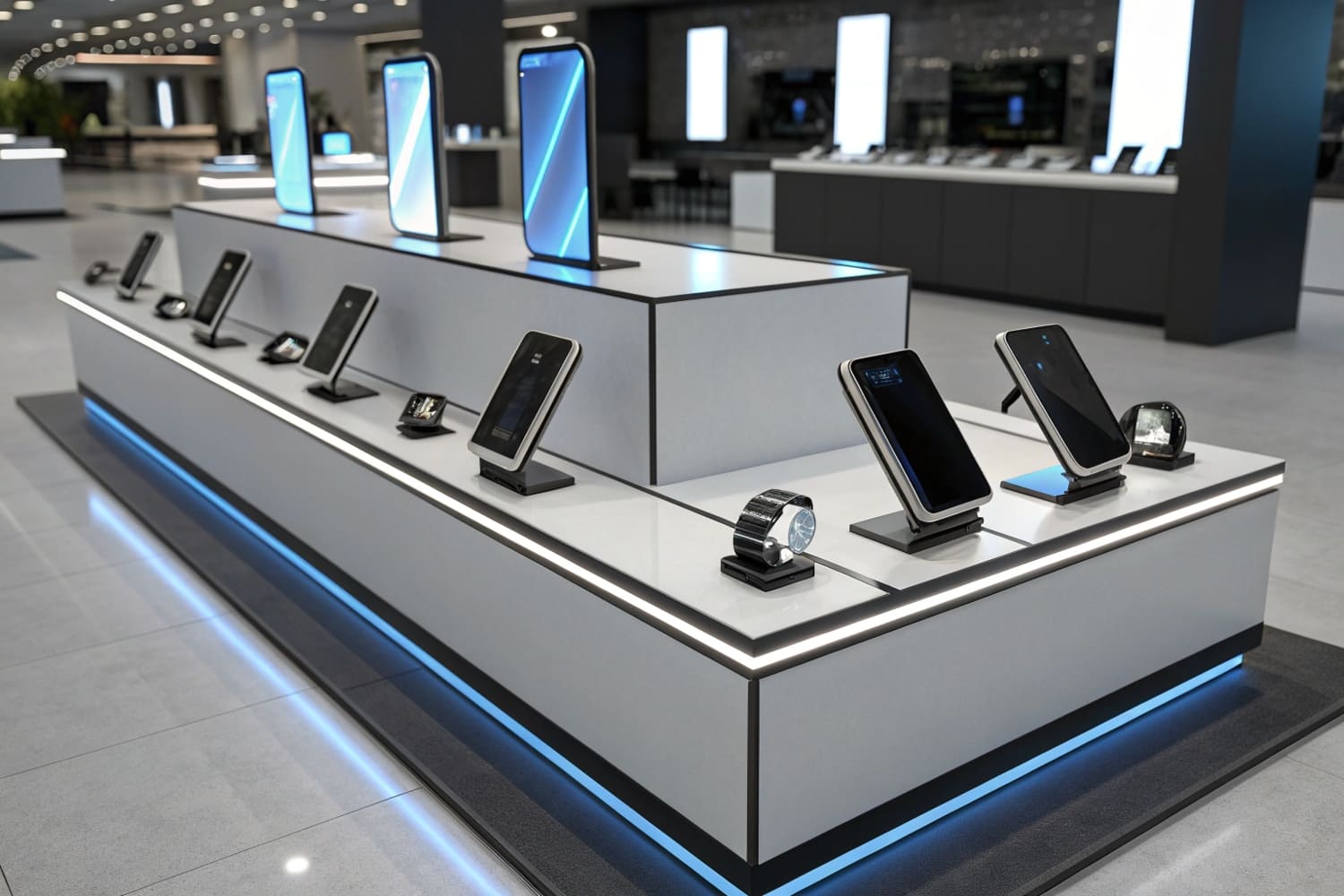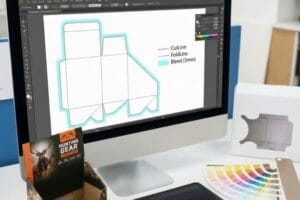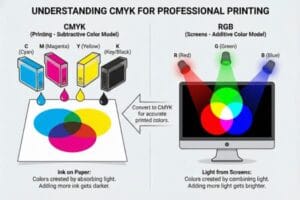I sell in busy stores. Shoppers move fast. I need to stop them fast. I use retail displays to do that, and I design them to fit each product.
Retail displays are planned structures that present products, guide attention, and trigger action; they set the story, remove friction, prove value, and convert interest into sales by using location, shape, graphics, and easy access.
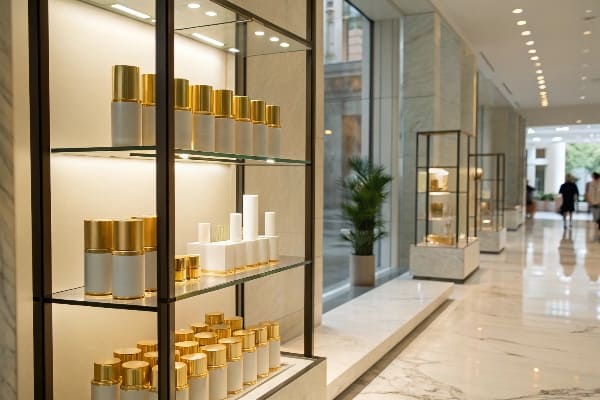
I will show what a display does, why it matters, how careful setup prevents loss, and how branding grows because of it. I will use clear steps and examples from my work.
What is the purpose of retail display?
I need a display to do one job first. It must get a shopper to stop. Then it must make the next step obvious and simple.
The purpose is to capture attention, deliver one clear message, remove buying doubts, and make the product easy to pick up, try, or add to cart right now.
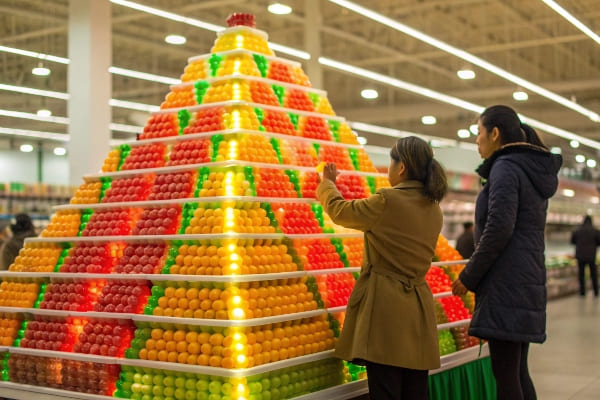
Goals and KPIs
I design each display with one goal. I write it in one line. It can be “sell a new SKU,” or “trade shoppers up one tier,” or “drive bundle add-ons.” I then pick simple KPIs. I track unit lift, conversion rate1 at the bay, and dwell time. I also track setup time and damage rate because speed and durability affect rollout. I build many units with corrugated cardboard because it is light, fast, and low cost. I can cut, fold, and print it with high accuracy. I can ship it flat. I can set it up in minutes.
Formats that fit the goal
| Format | Best Use | Why it works |
|---|---|---|
| Floor Display | New launch or seasonal push | Big face, stand-alone, high traffic stop |
| Countertop | Small add-on near checkout | Triggers impulse and low-friction trial2 |
| Pallet Display | Club stores and promos | Fast to set, high volume, easy replenishment |
| Shelf/Tray | Tight aisles, line extensions | Organizes and highlights in existing space |
Message and Proof
I keep one promise per display. I use a three-part rule: promise, proof, action. The promise sits in the header with bold type. The proof sits beside the product in short bullets. The action sits near hand level with a simple call, like “Pick one up” or “Scan for setup video.” When I launched a heavy hunting accessory, I added a quick load test icon and a QR that showed a 10-second test clip. Shoppers trusted the product faster.
Why are displays important?
I see shelf noise everywhere. If I blend in, I lose. If I stand out, I sell. Displays help me stand out with control and speed.
Displays increase visibility, improve product handling, compress decision time, and raise conversion; they add new selling space without a remodel and give me data and control over message and layout.
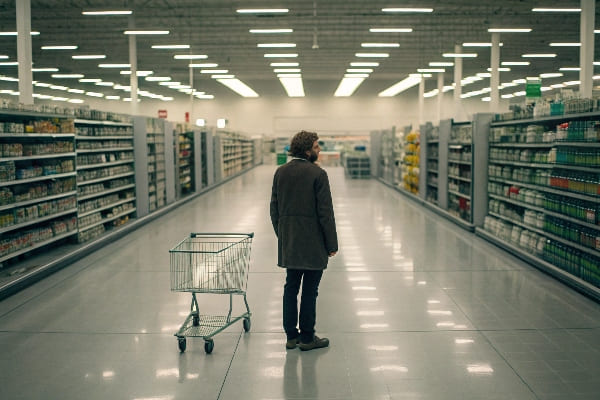
Impact on Sales and Operations
Displays matter because they change shopper behavior. A strong floor unit can lift sales fast. In my projects, I see steady lifts on launches and seasonal peaks. Cardboard displays3 help me test designs in weeks, not months. Digital printing lets me run short batches with personal variations. I adjust art by region and by retailer without new tooling. That speed saves cost and keeps the story fresh. The cost profile is better than metal or plastic for short runs. I can scale and localize with less waste. I also design for sustainability4. I use recyclable board, water-based inks, and light structures. Stores like that. Shoppers like that.
Where they work best
| Location | Reason | Example |
|---|---|---|
| Entry zone | First stop and high traffic | New product hero island |
| Promo aisle | Deal seekers look here | Seasonal bundle tower |
| Category bay | Direct comparison | Trade-up ladder tray |
| Checkout | Low-risk add-ons | Countertop trial pack |
Control and Feedback
I add simple codes to track units: QR for manuals, NFC for survey, or a short URL for instructions. I learn setup time and damage rate. I see which message pulls better. I switch art fast when a claim underperforms. This loop makes displays a living tool, not a static prop.
Why is it important to display retail merchandise carefully?
A good product can fail if I place it wrong. Careless setup kills trust first, then sales. Damage adds returns and cost. I avoid that with clear rules.
Careful display prevents damage, mislabeling, safety issues, and lost sales; it preserves brand trust, protects margins, and keeps store staff efficient with clear assembly, planograms, and quality checks.
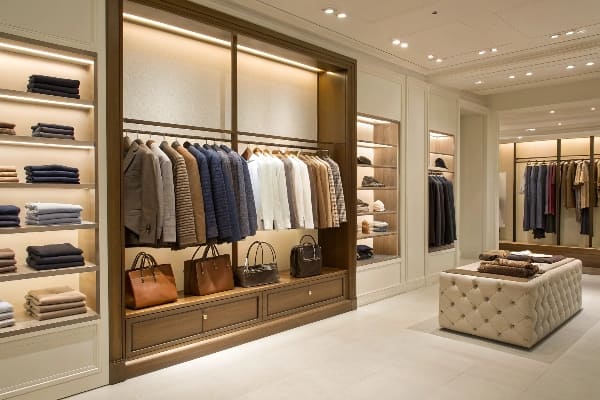
Risk Control and Quality
I plan strength at the start. I run load and transport tests5 on samples. I check board grade and flute type. I confirm single-wall or double-wall where needed. I test edges, tabs, and locks. I lock color with print targets and light tests, so what I show matches what I approved. I ship flat with corner guards and clear labels. I write a one-page setup guide with five steps, big photos, and no jargon. I print the same guide on the carton panel in case the insert is lost. I number shelves and show a simple planogram. I design the unit so it cannot be built wrong. Tabs only fit one way. This reduces assembly time and errors.
Common failure points and fixes
| Failure | Cause | Fix |
|---|---|---|
| Lean or wobble | Wrong weight distribution | Wider base, rear brace, heavier tray |
| Color shift | Print mismatch or lighting | Color bar targets, proof under 5000K light |
| Tear at seams | Overload or weak tabs | Reinforced slots, extra gussets |
| Wrong product mix | No clear planogram | Shelf map sticker and SKU icons |
Store Team Experience
I respect store staff time. I keep parts count low. I pre-glue where I can. I add bold labels for “Step 1/2/3.” I place UPCs so scanners see them fast. I make refill simple with front-load trays. When staff trusts my unit, they set it fast and keep it stocked. My damage claims fall. My sell-through rises. Everyone wins.
How do displays contribute to branding in a retail environment?
Brand is not only a logo. Brand is how the unit looks, feels, and performs under stress. My display must carry that weight. It must tell the same story every time.
Displays translate brand strategy into sightlines, materials, color, and structure; they make the brand memorable, consistent, and premium, while aligning sustainability and usability with the promise.
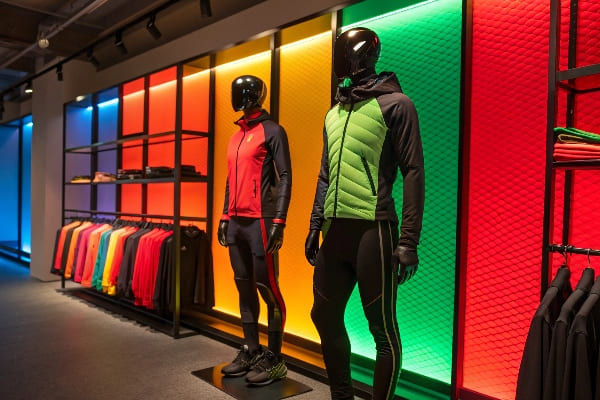
Visual System and Structure
I build a display from the brand system out. I map color, type, and icon rules to panels. I choose board textures and coatings that match the tone. For eco-led brands, I use uncoated kraft with clean black type and a small eco badge. For tech-led brands, I use crisp whites and precise edges. I place the logo at the natural stop point for the eye. I add a short benefit line near hand level. I keep the hero image simple and direct. I keep claims short. I protect space around the product so it reads premium.
Branding levers inside the unit
| Lever | Brand Effect | Simple Practice |
|---|---|---|
| Color discipline6 | Recognition | Limit to core palette and one accent |
| Material choice7 | Values | Recycled board, water-based inks |
| Structure lines | Tone | Sharp folds for tech, soft arcs for wellness |
| Interaction | Trust | Quick demo QR, “lift here,” sample slot |
Consistency Across Regions and Channels
I ship to many markets. North America is mature and stable. Asia Pacific grows fast and asks for speed and cost control. Europe asks for strong sustainability proof. I keep one core design, then I localize message, language, and certification marks. I plan print for short runs with digital presses, so I can run regional art without wasting plates. I track performance by region and retailer. I change headlines or images based on that data. I also align with retailer rules. Club stores love pallet units. Pharmacies need narrow footprints. I adapt structure while keeping brand signals intact. My brand looks the same, works the same, and feels right everywhere.
Conclusion
Strong displays stop shoppers, explain value fast, and move products now; careful build protects trust and margin; branded design turns every square foot into a clear promise.
Understanding conversion rates can help you optimize your retail displays for better sales performance. ↩
Exploring the impact of impulse buying can enhance your strategies for maximizing sales at checkout. ↩
Explore how cardboard displays can enhance retail strategies and boost sales effectively. ↩
Learn about the importance of sustainability in retail and how it influences consumer choices. ↩
Understanding load and transport tests can enhance your quality control processes, ensuring product reliability and customer satisfaction. ↩
Understanding color discipline can enhance brand recognition and create a cohesive visual identity. ↩
Exploring material choice can reveal how sustainability and quality influence consumer perception and brand loyalty. ↩

